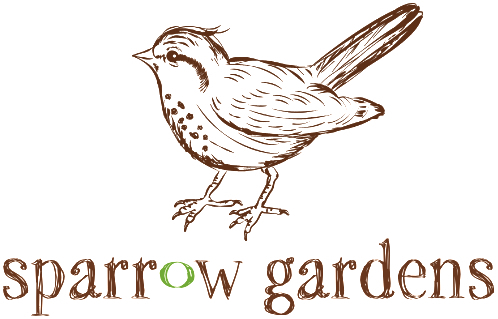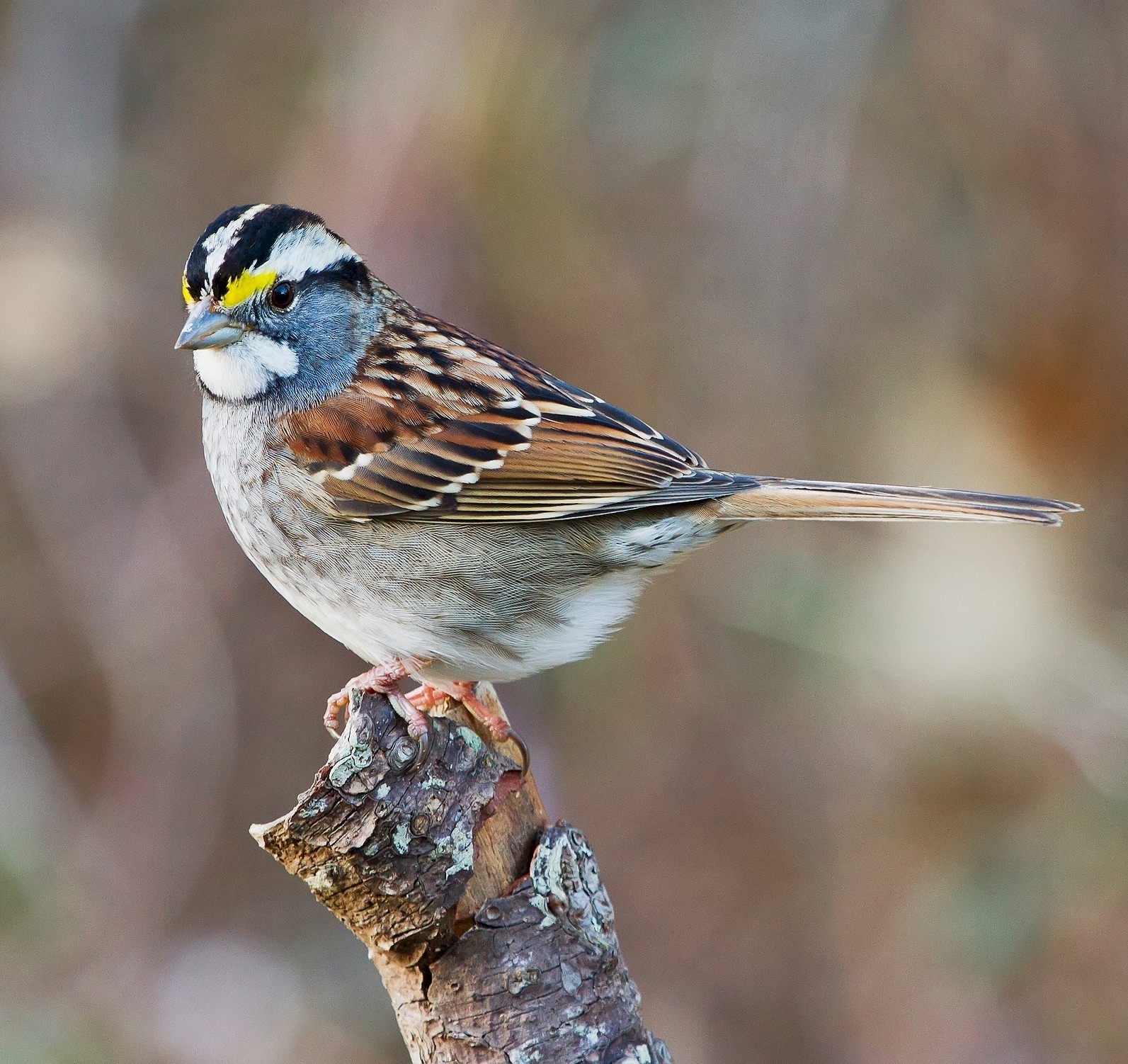Sparrows: of names and nature
house sparrow
Sparrows: of names and nature
Here at Sparrow Gardens we have a special affinity for sparrows, and are often asked why we chose the sparrow as our namesake bird. Aside from the fact that sparrows are the birds you most often see in the garden, they also symbolize creativity, teamwork, and productivity, all qualities we hope to emulate as gardeners. In addition, in years gone by sailors would often get a sparrow tattoo in the hope that the bird would catch their soul if they died at sea - a belief started in ancient Egypt where the sparrow was thought to carry the souls of the recently deceased to heaven. A beautiful maritime tradition of hope and grace.
Above from left: chipping sparrow, white-throated sparrow, song sparrow
Types of sparrows
Sparrows can be found on every continent except for Antartica, and North America is home to more than 35 species itself. There are two basic families of sparrows - the “Old World Sparrows” and the “New World Sparrows.” Old World sparrows (Passeridae family) are actually a variety of weaver finch indigenous to Europe, Asia and Africa. The most common of this family - the house sparrow - was introduced to the United States in 1851 when eight pairs were released in Brooklyn, New York to try and combat the damage being done by the larvae of the linden moth. Following in 1860 the pharmacist and Shakespeare enthusiast Eugene Schieffelin released a cage full of imported sparrows in Central Park in an effort to introduce all the birds of Shakespeare’s plays to the new world (he is also responsible for introducing the starling). The sparrows took hold, and quickly spread across the continent.
New World sparrows (Emberizidae family) are common in North and South America and include the song sparrow, the field sparrow, the American tree sparrow, and the eastern towhee (yes, not all sparrows are named “sparrow” - there’s the junco and the towhee, among others).
According to the most recent Great Backyard Bird Count on E.bird.org, Cape Cod is home to seven different types of sparrows - house, song, savannah, white-throated, American tree, chipping, and field. Of these the house sparrow is the most common due to its relative lack of fear of humans and its propensity to nest in manmade structures such as in the eaves of buildings, drain gutters, holes in walls, or in street lights. If push comes to shove they will make a rather loose and untidy nest in a bush, but that is not their preferred location. In addition to urban and suburban areas, sparrows can be found in deserts, forests, grasslands and marshes.
Above from left: American tree sparrow, field sparrow, savannah sparrow
Characteristics
All sparrows are songbirds (Passerine birds) which are relatively small in size (4-8 inches) with mottled brown feathers and a short thick bill which is perfect for cracking open seeds. A keen eye is required to discern the marking patterns between different species of sparrow. They feed mainly on seeds but will supplement with insects during the nesting season. Most are ground-feeders, and can be counted on to clean up seeds beneath feeders and consume pesky weeds seeds as well. Nearly all sparrows enjoy dust bathing and can often be seen flapping around in a small indentation in the soil on the ground. In the spring and summer sparrows are solitary birds, keeping to breeding pairs or small family groups, but in the fall and winter they will form active social flocks, even mixing with other small birds such as chickadees and wrens.
Outlook
Though at one time house sparrows were considered pests as there were too many of them and they were crowding out local native species, today their numbers seem to be in decline. Though some may welcome the lessening of habitat pressure with fewer sparrows, we should learn from history and heed the lessons learned in China during the 1950s. Numbering in the millions at that time, the native tree sparrow was considered by Chairman Mao to be an agricultural pest, due to its habit of eating the seeds and lowering productivity. He declared that all the tree sparrows should be eliminated, and through various methods a large percentage were. However, sparrows also eat insects and without their protection the crops were attacked by new predators and millions of people starved due to crop failure. As always, balance is so important in nature.
So welcome the sparrows to your feeder this winter and all year long, and admire their amazing ability to adapt to our changes to their habitat, for their sweet songs, and for the important services they provide to our gardens.







